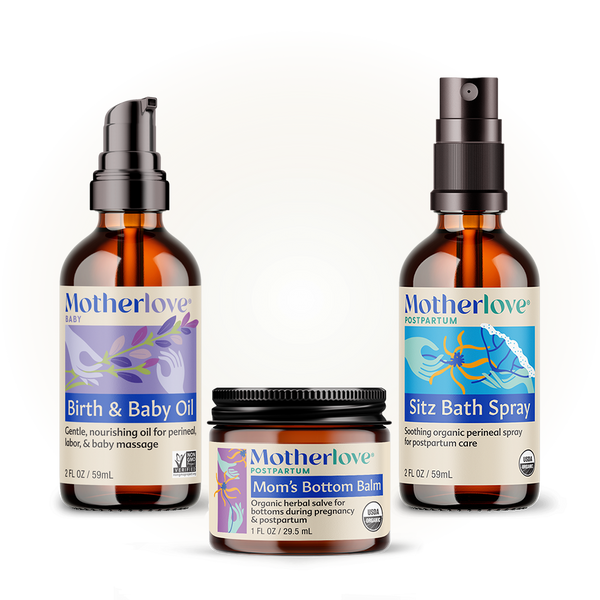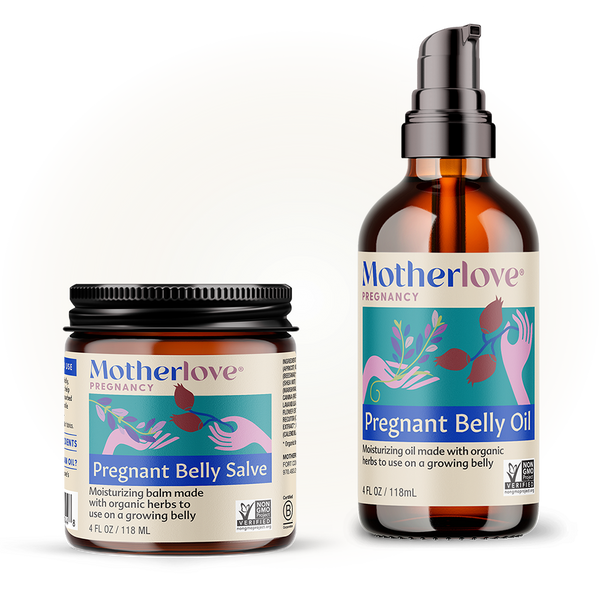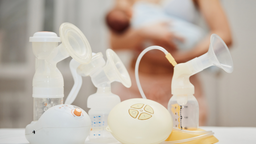Written by: Anjelica, Licensed Midwife, Clinical Herbalist, and Certified Lactation Educator Counselor.
If you’ve spent any length of time on social media over the last few years, you’ve likely seen photos and stories of homebirth come across your feed. From sun-kissed island mamas in Hawaii birthing in bright teal water birth tubs to mountain mamas giving birth on the floor of their cozy log homes. It almost seems like homebirth is all the rage now, and in a way it is.
Homebirth has been happening ongoing here in the U.S. for hundreds of years, though the last few years have caused families who may not have otherwise chosen homebirth, to consider what it might be like to birth in the same place they conceived or where they feel most comfortable, their home.
HERE ARE 5 THINGS YOU SHOULD KNOW ABOUT HOMEBIRTH
1. "Low-Risk"
Women must be considered “low-risk” to qualify for a homebirth. This can vary by provider and state but often means the mother doesn’t have any uncontrolled or serious health issues, she goes into labor between 37 – 42 weeks, and is carrying a single baby (Dekker, 2012).
2. Certified Professional Midwives
The majority of community-based providers and homebirth attendants are Certified Professional Midwives. They're also called direct-entry midwives and have not also trained as nurses. They have attended 3-5 years of didactic and clinical training, then obtained certification through the North American Registry of Midwives, which requires candidates to have extensive out-of-hospital experience (NARM 2021; Dekker, 2012). As a part of obtaining the CPM credential, midwives maintain certification as Neonatal Resuscitation and Basic Life Support Providers, attend continuing education, and renew their credential every 2 yrs.
3. For Mothers
Planned homebirths boast a 93.6% vaginal birth rate and 87% VBAC rate (2016). They also have very low rates of medical interventions and injury to mothers, such as 3rd or 4th degree perineal tears, experience excess blood loss after birth, or have a cesarean birth (Janssen et al., 2009). Mothers are also more satisfied with their birth experience.
4. For Babies
Newborns are just as safe being born at home with a midwife, as in the hospital, when the homebirth was planned and attended to by a trained midwife (Janssen et al., 2009; Sandal et al, 2016). This means less need for help breathing after birth, meconium aspiration, or need for admittance to the hospital. You may find opposing information from studies that looked at retrospective data from birth certificates, which includes babies that were not planning to be born at home, but somehow were. This is an important distinction.
5. Standard Schedule and more
The prenatal care schedule for those planning a home birth is similar to that with an OB; every 4 weeks until 28 weeks, every 2 weeks until 36 weeks, and then weekly until you give birth. Mothers are offered the same tests for checking iron levels, screening for Gestational diabetes, Group B strep, as well as others, with full informed-choice conversations. The difference in prenatal care is in the length of time and depth of conversation had at each visit. Midwifery visits are anywhere from 30 min. - 2hrs+ and usually entail more discussion about social, emotional, and financial well-being, as well as nutrition, preparing for an informed birth, and matresence (the transition from maiden to mother).
If these facts peak your interest in homebirth and you’d like to learn more, you can dive deeper by exploring these resources:
- Why Not Home documentary
- MANA Homebirth Fact Sheet
- The NARM website
- Evidence Based Birth






